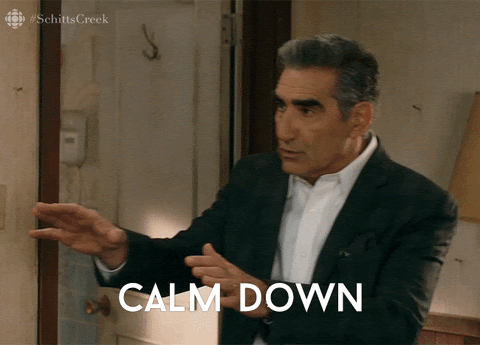Today I want to talk about something that isn’t spoken about often in the trading world.
That might be because it isn’t a sexy topic. It certainly isn’t as exciting as talking about solid setups or winners. However, it is equally important, and I believe it is necessary and beneficial to speak about it.
A huge part of being a successful trader is being able to manage your emotions and psyche.
At times, it is easy to let your emotions get the better of you and affect specific trades, plans, and even the entire day.
If a trader doesn’t keep their emotions in check, they might find themselves in a slump as a result.
It’s important to recognize when you might be trading with emotions or frustration and identify what causes you to do so.
The goal should be to eventually get ahead of the potential triggers so that you can avoid trading on tilt.
Don’t worry. This happens to the pros too! After all, we are all human.
For example, on Monday, I had some frustration creep into my trading.
Generally speaking, frustration can be caused by sloppy entries or exits, not trading according to the trading plan, lack of sleep or even exercise, not eating well, and many other things.
So how did I deal with it on Monday, and what steps do I take to keep the frustration and emotions from overpowering my trades?
Step 1: Calm Down

The first step is to take a deep breath and calm down before it snowballs into a more significant issue.
I like to zoom out and review all of my current positions and plans. In that regard, I take stock of where I am at on the day, what’s working, and what isn’t working.
I cut what is not working, and I start the day fresh.
Step 2: Run my scans the same as I always do
As I start the day over, I run all of my scans and note what is happening in the markets. I track what’s moving, and I update my plans and watch lists based on what has materialized over the day.
Step 3: Find a good quality setup
During this next step, I identify a solid setup offering a substantial risk: reward opportunity. I pour through many charts and identify the stocks that are showing the most promise from my scanner.
Step 4: Make the trade and stick to my plan

Step four is about having a detailed trade plan with a clear idea of entry and exit levels in mind.
If the plan materializes, all that is left for me to do is put the trade on
It’s critical during this step that I stick to the plan. Regardless of the trade outcome, being prepared and sticking to my plan will create the positive momentum I need to get the day going again.
As I have said before: “plan the trade, trade the plan.”
The Bottom Line
I can quickly get back on track and refuse to let anger or frustration control my decision-making by being process-driven, disciplined, and sticking with my tried and tested routine.







2 Comments
Thanks
Thanks